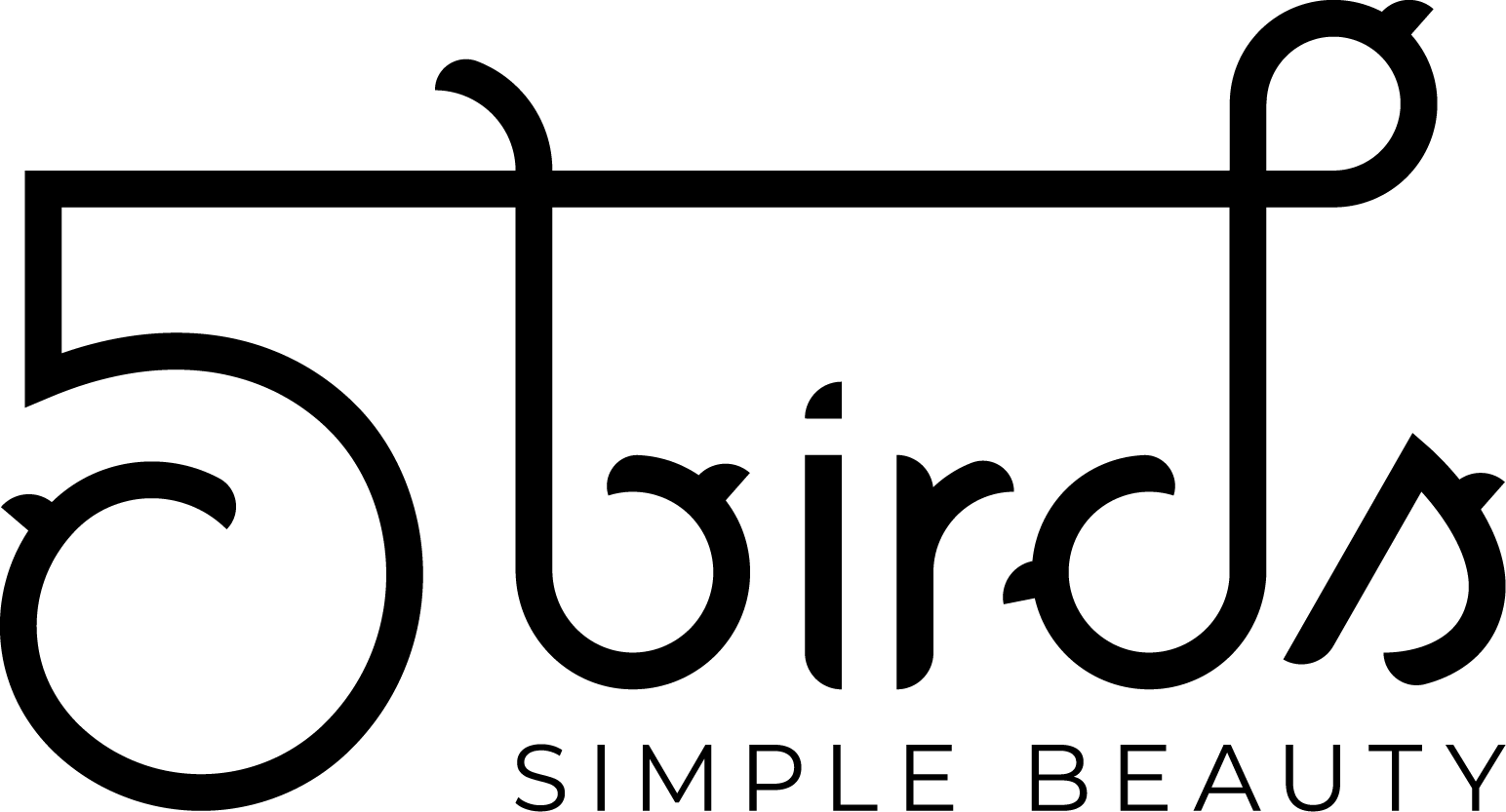I'm a full on science geek. I know this. And hair science and understanding it has helped me level up a LOT of hair transformations over the years, so I just go with it.
Today we are diving into understanding hair COLOR...which is deeply personal to me as a NON natural GINGER. ;)
Let's break down the two different types of hair dye.
1. **Permanent Hair Dye:** This is the heavyweight champion of the hair dye world. It calls upon the likes of ammonia and hydrogen peroxide to strip away your hair's natural pigment and introduce new color molecules deep into the hair shaft. The result is a long-lasting color.
2. **Semi-Permanent Hair Dye:** This is the less-committed cousin. It forgoes the heavy artillery like ammonia and instead employs smaller color molecules that reside on the hair's surface. These molecules gradually fade, akin to a dimming star, with each wash and exposure to the elements.
Both types of dyes hold the promise of a dramatic change, but they come at a cost.
It's important to understand the potential collateral chemical damage of hair dying:
1. **Hair Shaft Struggles:** Permanent dyes can wage war on your hair shaft, weakening it over time due to the potent chemicals involved. The result? Brittle strands that are prone to breakage.
2. **The Frizz Factor:** The chemicals in hair dye can be ruthless, stripping your hair of its natural oils. This leaves you with dry, unruly locks that lack their former luster.
3. **Allergic Unpleasantness:** For some unfortunate souls, hair dye triggers allergic reactions, causing itching, redness, or even more severe skin irritations.
4. **The Fading Act:** Even semi-permanent dyes, while less destructive, still fade over time with each wash. Harsh shampoos and prolonged sun exposure can hasten this fading process.
5. **Root Awakening:** With permanent dyes, be prepared for a distinct line of demarcation as your natural hair color sprouts at the roots. This requires regular touch-ups to maintain your desired look.
To minimize the wreckage and ensure your locks remain their radiant selves, consider the following strategies:
1. **Opt for Quality Products:** Invest in professional-grade dyes known for being gentler on your hair. Talk with your colorist about what they are using on your head. Itching can be a sign that the dye your professional is using isn't meshing with you.
2. **Embrace Color-Friendly Products:** Seek out shampoos and conditioners designed specifically for dyed hair to preserve your color and lock in moisture. Apple Cider Vinegar rinse is my favorite for helping color last longer, and crodasorb, which is a hair "sunscreen" can be found in Monat's leave in conditioner and other similar products.
3. **Tame the Heat:** Restrict the use of heat styling tools, such as hairdryers and straighteners, as excessive heat can amplify the damage. Heat will add more damage to hair that you have hurt. Heat should be below 300 degrees, folks.
4. **Indulge in Deep Conditioning:** Regularly treat your hair to deep conditioning sessions to keep it nourished and resilient. Deep conditioning weekly, especially right after coloring will help restore proteins, moisture, and hydration. Make sure you are using the right deep conditioning mask for your hair.
5. **Washing Matters** You shouldn't be washing as often if you want your color to last longer, and when you do...it should be with COLD water. A filtered shower head is also a key to helping reduce yellowing that can happen over time from hard water. You can find these on amazon. Water makes a huge difference for those who color.
Hair Color is a magical thing, but understanding how to treat your hair BECAUSE you color is even more magical. From one recovering blonde highlight junkie straight to you...your hair has different needs when you invest in color.
Don't spend $300 on balayage, and $4 on your shampoo and conditioner. Take care of your hair...or don't spend the money on coloring at all.
